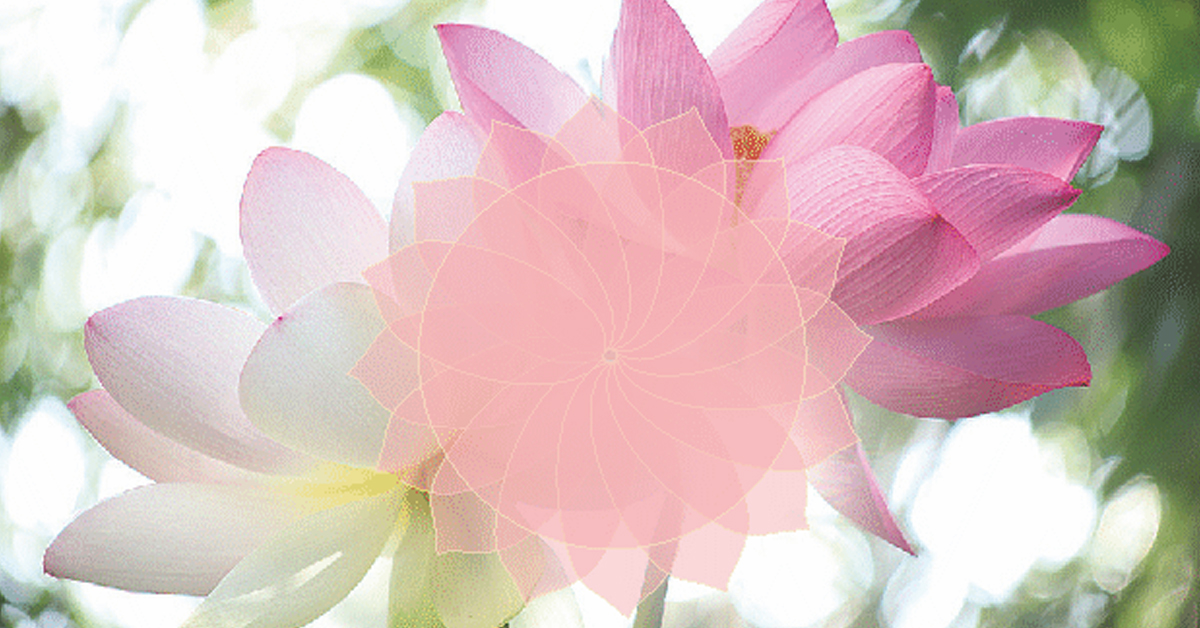“You would not believe your eyes, if ten million fireflies lit up the world as I fell asleep” this line from a famous song titled ‘Fireflies’, invokes memories of a time (seems to be quite long ago now!) when these beautiful glowing creatures would light up the gardens and meadows in the summer time. Today, however there are hardly any to be seen!
So after some research I found that the effects of ‘artificial lighting’ are one of the many reasons considered to be responsible for this. Light pollution (also known as photo pollution), the alteration of light levels in the natural environment due to man-made sources of light, has become a pressing issue over the past decade. For most of human history, humans have lived under the natural luminescence of the sun and the moon, with candles and lanterns to assist them in activities, if any, during the night. It is only for the past two centuries or so that artificial lighting has flooded the nocturnal world.
Artificial light radically alters light levels at night and as a result the light rhythms, which we and all other life-forms have adapted to and wherever this manmade lighting spills into the natural world, definitely affects some aspect of life – sleeping, feeding, migration, hibernation etc.
Light is a powerful biological force and it regulates mechanisms in almost all species on earth. Thus the disturbances caused by artificial lighting have far reaching effects. Light pollution is, in short messing up ecosystems on all places on earth especially big cities, where sadly natural habitats are anyways a rare sight.
Fireflies are not the only creatures affected by this phenomenon. People have reported of cases where birds started singing at unnatural times. Light pollution has also led to early breeding and migration, causing widespread distress amongst a wide variety of animals. Early migration causes nesting problems for birds and migrating at night may cause birds to collide with buildings. Plants are also not immune to the adverse effects of artificial lighting. Plants require darkness to regenerate a key compound, known as phytochrome which is used for regulating. There are certain species of plants that bloom at night.
Plants and animals are however not the only ones affected by this, the spectrum involves us humans too! We are living in the deadly glare of our own making, and slowly it is consuming us. Night time is meant for resting and darkness is responsible for the secretion of an important hormone called melatonin (the role of decreased melatonin activity in ageing process and kriyas to normalise it are discussed at length in the book Sanatan Kriya: The Ageless Dimension). Increased exposure to artificial lighting is also known to cause stress and increased blood pressure.
Excess and bad lighting has also caused the problem of sky glow, casting excess light into the sky above. As a result, there is not only increased heat in the atmosphere but also a resultant invisible sky. Sky glow also masks the weaker moonlight which again causes a huge problem for nocturnal animals.
It is obvious that we are trapped in a web of our own making and our actions would be responsible, ultimately for the doom of this planet. However of all the pollutants we face, light pollution is the most easily rectifiable and we can start by switching off excess lights in and around our homes.
Image: freeimages.com





